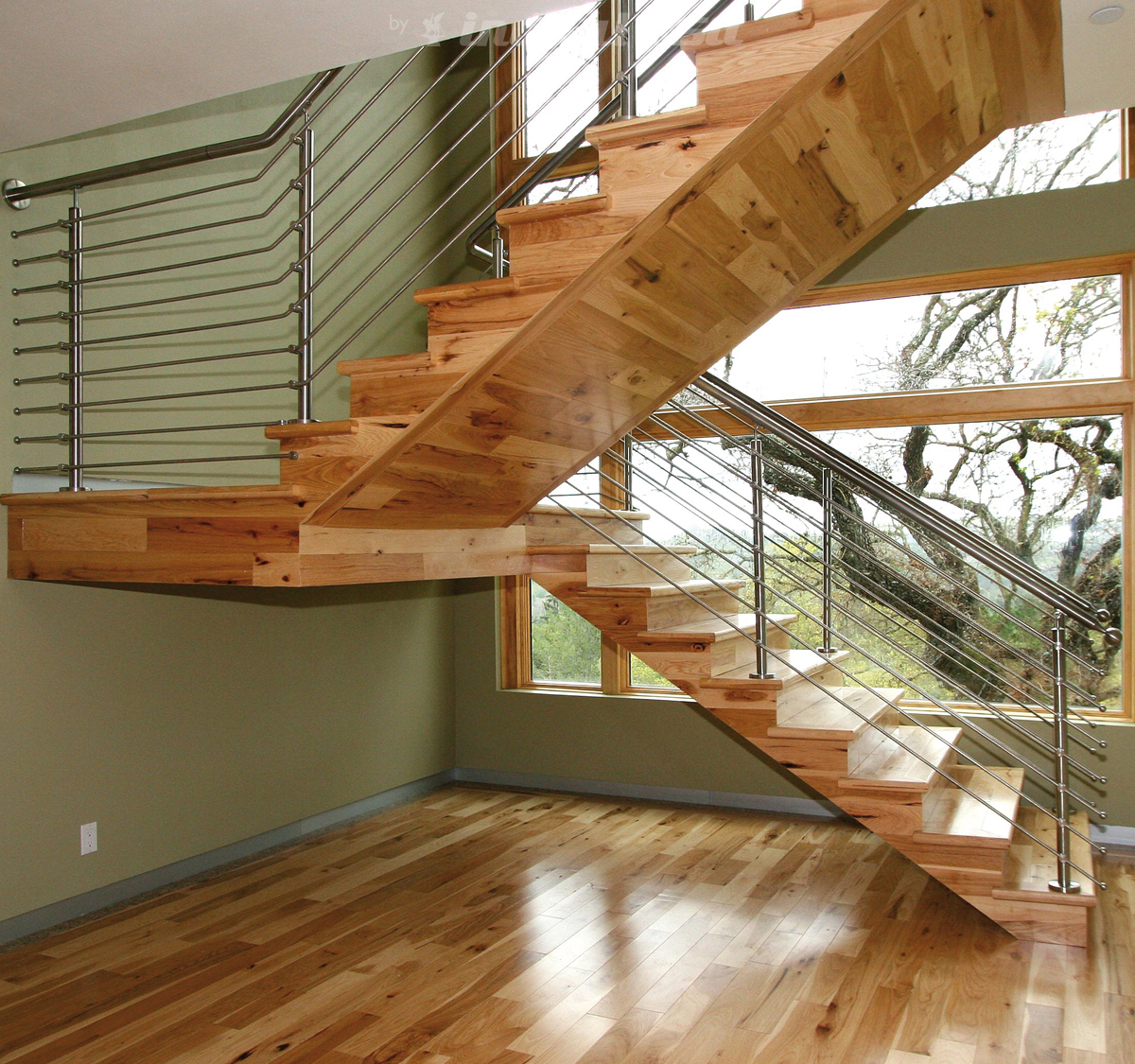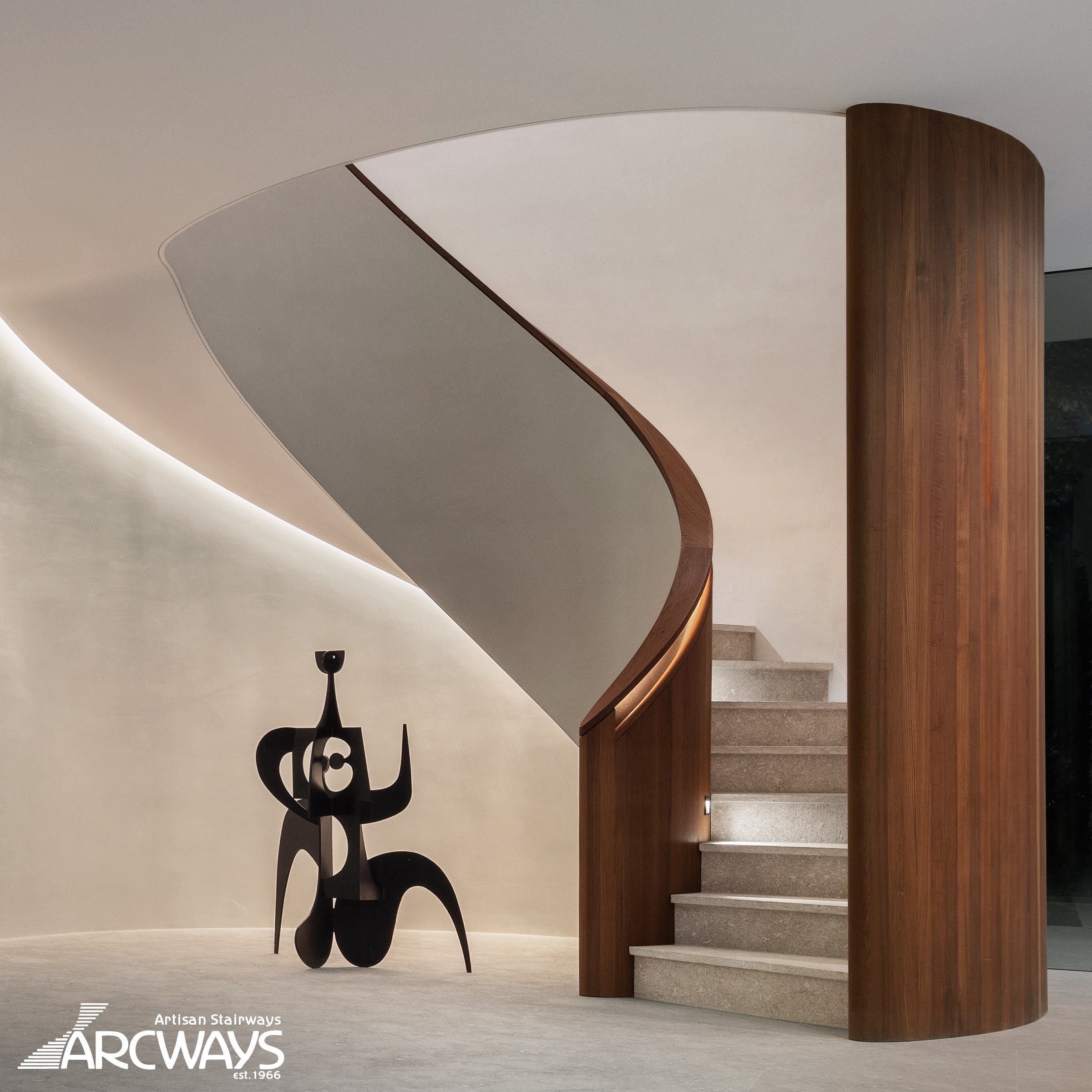Stairway Innovations: Merging Modern Design with Functionality
In recent years, stairway design has transcended from being merely functional structures to becoming focal points of modern architectural aesthetics. Stairways now embody a blend of artistic expression and practicality, transforming interiors with their striking appeal. In this exploration of stairway innovations, we delve into how contemporary designs are enhancing living spaces, bringing together modern aesthetics, efficient use of materials, and spatial innovation.
Introduction to Modern Stairway Design
Staircases have evolved significantly from their utilitarian origins. Today, they serve not only as a means of vertical movement but also as an integral part of the space's identity. Modern staircases are characterized by clean lines, minimalistic designs, and an emphasis on materials such as glass, steel, and wood. Designers are tasked with creating stairways that are as much about function as they are about form, meeting the aesthetic demands of contemporary architecture.
The role of stairways in buildings has expanded beyond their traditional purpose. Cutting-edge designs incorporate materials and shapes that push the boundaries of conventional architecture. Stair solutions offer a chance to innovate with texture and form, from curvilinear and fluid designs to bold, straight geometric steps.
Materials Driving Modern Stairway Designs
Modern staircases often leverage materials that combine durability with aesthetic appeal. One popular trend is the use of glass, which provides transparency and creates a sense of openness in a space. The light-reflective properties of glass staircases can make a room feel larger and more inviting while offering a modern, sleek look.
Wood, with its warm and timeless appeal, remains a staple in staircase design. Modern wood staircases often incorporate minimalist elements, focusing on geometric forms that emphasize craftsmanship and detail. Stainless steel and metal elements are also prominently used, providing industrial strength and a contemporary appeal. These materials can be seamlessly integrated into diverse settings, from residential homes to commercial spaces.
Cable-wire systems and stainless tubes offer another modern twist, providing a more industrial look. These systems are particularly useful in achieving minimal visual impact while ensuring the structural integrity of the staircase.
Pioneering Staircase Concepts
Several modern stairway concepts are driving innovation in design. The concept of floating staircases, which create the illusion of treads free from support, adds an air of sophistication and innovation. By hiding stringers or using glass balustrades, these designs provide an unobstructed view and enhance the feeling of space.
Helical and spiral staircases offer a dramatic visual effect, curving elegantly and often incorporating glass or metal. These staircases are not only functional but become sculptural elements within a home or building. Customized designs can cater to unique architectural needs, offering flexibility in aesthetics and utility.
Space-saving stair kits provided by companies like Stair Solution showcase innovation in maximizing utility within compact spaces. These kits blend style with functionality, catering to both modern apartments and office environments.
Technology and Customization in Staircase Design
With advancements in technology, customization has taken center stage in modern stairway design. Designers and homeowners can use digital tools to visualize staircase elements before installation. This technology empowers consumers to tailor their staircases to reflect personal style and adapt to their specific needs.
Interactive design tools, such as the railing visualizers offered by companies, help clients envision how different materials and configurations will look in their space. These tools facilitate informed decision-making, ensuring the selected design harmonizes with existing interiors.
Additionally, the integration of smart systems, like LED lighting within stairs, enhances safety and adds a dynamic aesthetic element. Lighting can be customized to enhance mood and to highlight architectural features, providing both practicality and elegance.
Modern Staircases as Artistic Expressions
Modern staircases are gradually becoming more than functional structures; they are elements of artistic expression. Designers like those at Arcways and GATZA use unique materials and innovative construction techniques to create stairways that captivate attention and complement architectural masterpieces.
The inclusion of parapet walls, integrated lighting, and open riser designs further signifies the artistic potential of modern stairs. Such features not only serve practical purposes but are also pivotal in defining the character and essence of a space.
Whether through the lens of minimalist design, sustainability, or innovative use of conventional materials, these stairways redefine traditional concepts, enhancing spaces both aesthetically and functionally.
Conclusion: The Future of Staircase Design
The future of staircase design lies in the fusion of function and stunning visual design. As materials science progresses and digital tools become more sophisticated, staircases will continue to evolve, offering endless possibilities for innovation in architecture.
Incorporating modern designs is not merely about following trends but about enhancing the very fabric of living and working environments. These designs can significantly impact the way spaces are perceived, offering comfort, efficiency, and style.
Ultimately, the marriage of innovation, technology, and design in stairways will redefine how we move through and interact with our environments, ensuring that each step we take is a journey towards a more beautiful and functional space.

